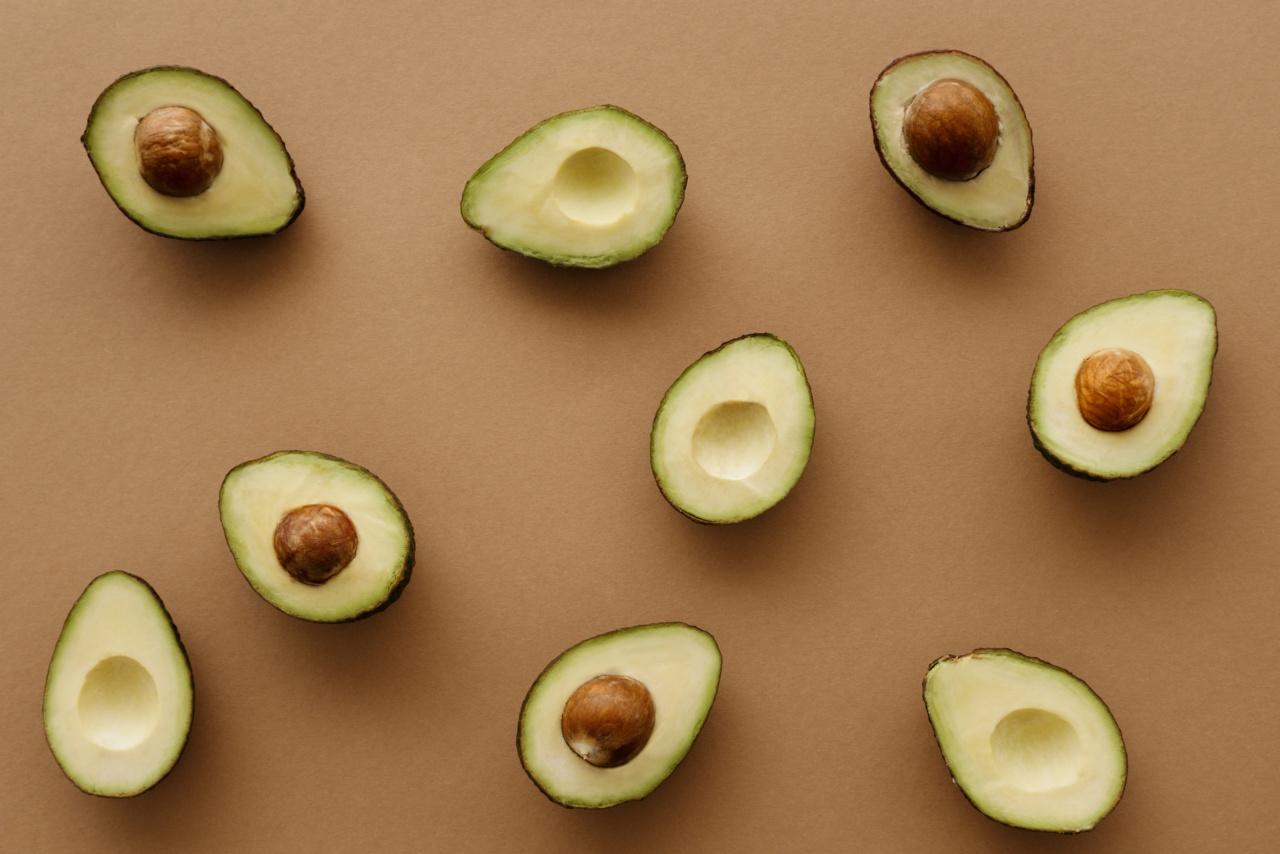If you’re looking to reduce your risk of heart disease, one of the most important steps you can take is to change your diet.
A heart-healthy diet can help you lower your blood pressure, reduce your cholesterol levels, and maintain a healthy weight—all factors that can significantly reduce your risk of cardiovascular disease.
What Is a Heart-Healthy Diet and Why Is It Important?
A heart-healthy diet is one that focuses on eating a variety of nutrient-rich foods that can help protect your heart and blood vessels.
This diet typically includes plenty of fruits, vegetables, whole grains, lean protein sources, and healthy fats, while limiting processed foods, saturated and trans fats, excess salt, and added sugars.
The idea behind a heart-healthy diet is that by providing your body with the nutrients it needs to function properly, you can reduce inflammation, improve insulin sensitivity, lower blood pressure, and reduce your risk of developing chronic conditions that can lead to heart disease, such as diabetes, obesity, and high cholesterol.
Foods to Include in a Heart-Healthy Diet
When you’re following a heart-healthy diet, there are plenty of delicious foods you can eat to support your cardiovascular health. Here are some of the top foods to include:.
Fruits and Vegetables
Fruits and vegetables are packed with vitamins, minerals, fiber, and antioxidants that can help protect your heart and blood vessels.
Aim to eat at least five servings of fruits and vegetables per day, focusing on a range of colors and types for optimal nutrition.
Whole Grains
Whole grains, such as whole wheat, oats, brown rice, quinoa, and barley, are excellent sources of fiber, vitamins, and minerals that can help reduce your risk of heart disease.
Try to eat at least three servings of whole grains per day, choosing whole-grain bread, cereal, pasta, and rice over refined options.
Lean Proteins
Lean proteins, such as chicken, turkey, fish, beans, peas, and lentils, are important for maintaining muscle mass and providing essential nutrients like iron and zinc.
Aim to eat at least two servings of lean proteins per day, choosing low-fat options like grilled or baked fish and skinless chicken breast.
Healthy Fats
The right kinds of fats can help protect your heart and reduce inflammation throughout your body. Sources of heart-healthy fats include monounsaturated and polyunsaturated fats like olive oil, nuts, seeds, and fatty fish like salmon.
Try to eat at least two servings per day of healthy fats, incorporating them into meals and snacks as needed.
Foods to Limit or Avoid in a Heart-Healthy Diet
While some foods can support heart health, others can contribute to inflammation, elevated blood pressure, and other cardiovascular risk factors. Here are some of the foods to limit or avoid when following a heart-healthy diet:.
Processed and Fast Foods
Processed foods, including fast food, chips, crackers, frozen meals, and sugary snacks, are often high in added sugars, unhealthy fats, and salt. These foods are best limited or avoided altogether in a heart-healthy diet.
Saturated and Trans Fats
Saturated and trans fats, found in foods like fatty meats, lard, butter, cream, fried foods, and baked goods, can raise cholesterol levels and contribute to arterial plaque formation.
These fats should be limited as much as possible in a heart-healthy diet.
Added Sugars
Added sugars, found in many packaged foods, are a major contributor to obesity, type 2 diabetes, and other chronic conditions that can increase your risk of heart disease.
Limit sources of added sugars in your diet, including sugary drinks, candy, and sweets.
Conclusion
A heart-healthy diet can go a long way in helping to reduce your risk of heart disease. By focusing on nutrient-rich whole foods and limiting highly processed and unhealthy options, you can support your cardiovascular health and feel your best.
Remember to make gradual changes to your diet that are sustainable over time, and always consult with your healthcare provider before making significant dietary changes.




























